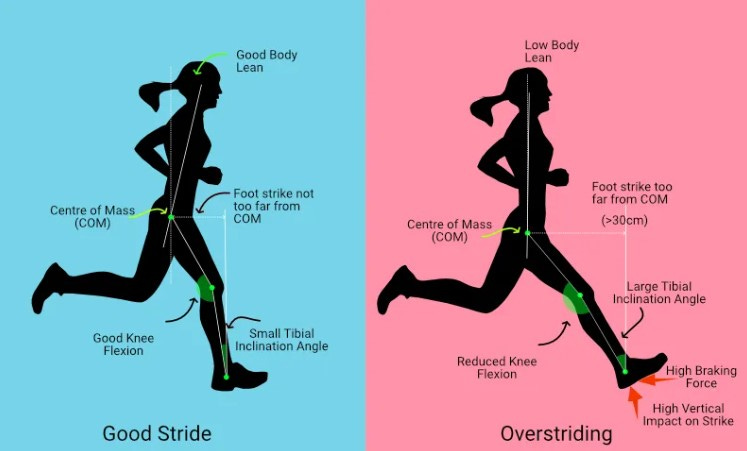Overstriding in Sales: Why Rushing the Process Hurts Your Deals
Everybody knows how to run.
Right? Wrong.
Too many people run with poor technique that it not only prevents them from reaching their full potential but can also lead to injuries. One of the most common mistakes? Overstriding - extending the leg too far forward, which creates unnecessary impact and slows the runner down rather than propelling them forward.
The same thing happens in sales. Many salespeople think they know the right way to sell, but by overreaching - pushing too fast, skipping crucial steps, or forcing a close - they actually make it harder to succeed. Just like a runner who overstrides, a salesperson who rushes risks losing momentum, creating friction, and even injuring the relationship with the prospect.
What is Overstriding in Sales?
Overstriding in sales happens when a salesperson tries to move the deal forward too quickly, rather than matching the prospect’s natural pace. Instead of guiding the customer step by step, they stretch too far ahead - pushing solutions before understanding needs, forcing urgency where none exists, and skipping important trust-building moments.
Symptoms of Overstriding in Sales
Pitching too early – Talking about features before uncovering pain points.
Skipping discovery – Asking surface-level questions without truly qualifying the prospect.
Forcing urgency – Creating artificial pressure instead of helping the prospect recognize their own urgency.
Neglecting the right cadence – Following up too aggressively (scaring prospects away) or too infrequently (losing momentum).
The Importance of Self-Assessment and Coaching
In sales, just like in running, it’s often difficult to assess your own technique. While you might feel like you’re doing everything right - pushing hard to close deals or rushing to meet targets - it's easy to overlook subtle inefficiencies or bad habits. These missteps may be preventing you from reaching your full potential. This is where a coach can be invaluable. Just as a running coach can spot and correct your form to help you run more efficiently, a sales coach can identify areas where you’re overstriding - rushing the process or missing key steps - and help you refine your approach. With the right guidance, you can make sure each step you take is strategic and productive, ultimately helping you close more deals and avoid common pitfalls.
The Right Way to “Run” a Sales Conversation
Shorten Your Stride – Take smaller, controlled steps.
Match the Prospect’s Pace – If they need more information, provide it before asking for a commitment.
Build Trust Before Acceleration – Ensure the foundation is strong before pushing for a close.
Follow a Natural Rhythm – Like an efficient runner, maintain a smooth, sustainable cadence instead of making erratic moves.
Conclusion: Slow Down to Speed Up
Elite runners don’t overstride because they know it’s not about how far each step reaches but how efficiently they move forward. The best salespeople follow the same principle - they take measured steps, avoid unnecessary friction, and close more deals by respecting the natural flow of the sales process.
So next time you feel tempted to rush, ask yourself: Am I overstriding in this sale? Focus on controlled, effective movement, and you’ll find yourself closing more deals—with less strain and greater success.


